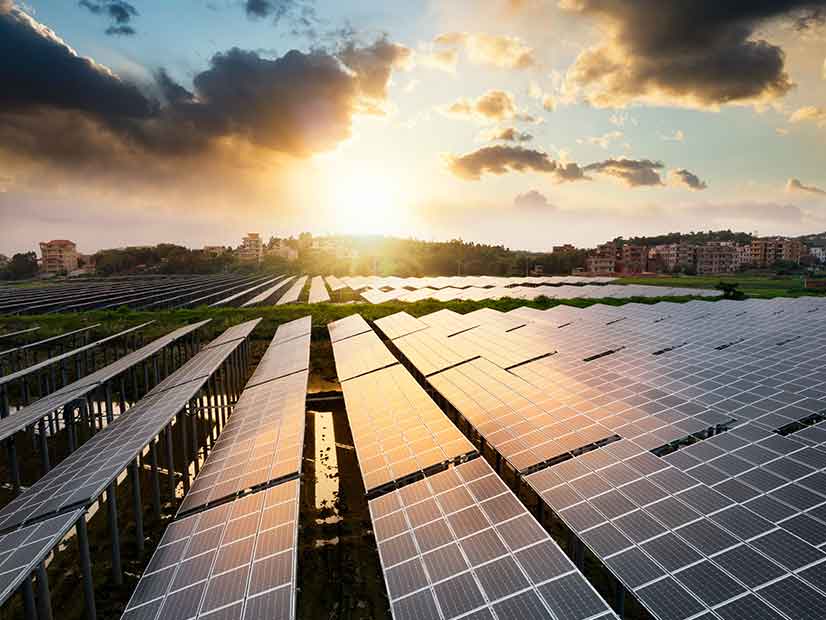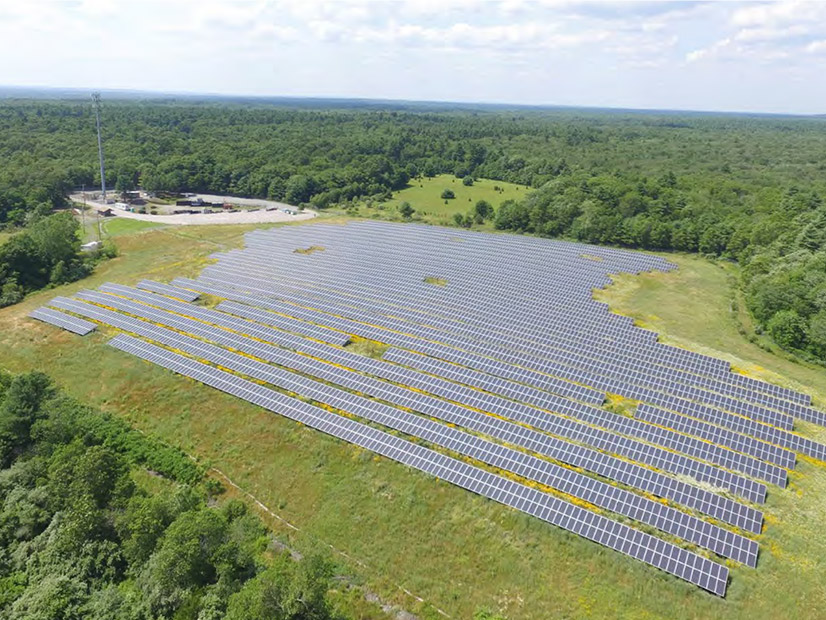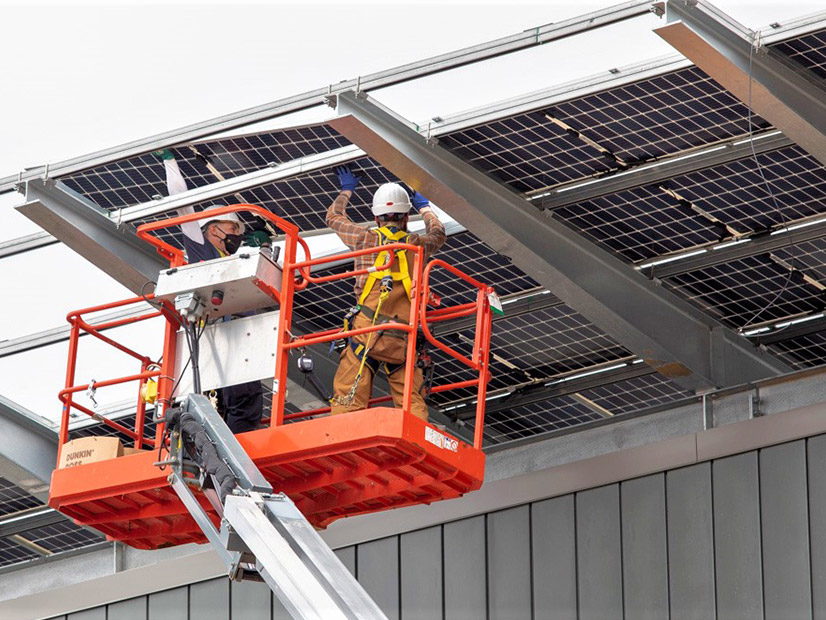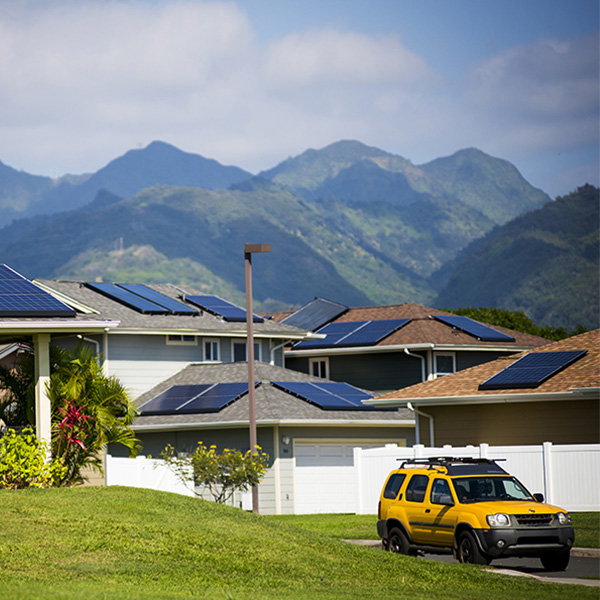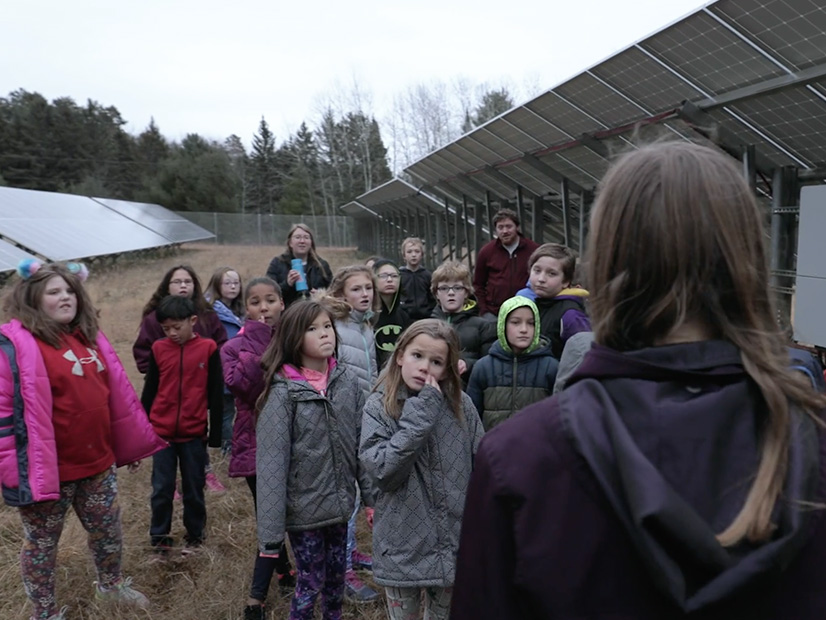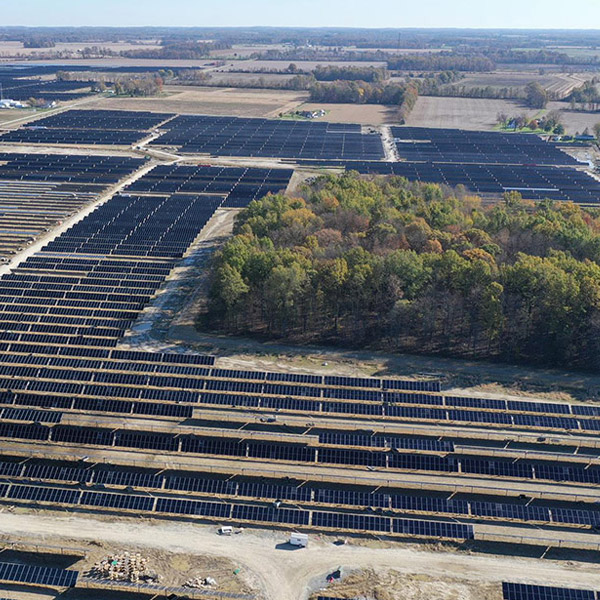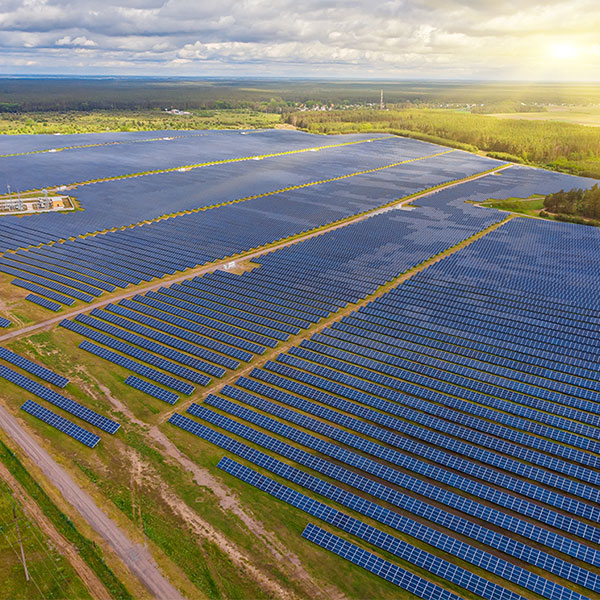Solar Power
Ohio Gov. Mike DeWine signed legislation empowering county governments to review and approve or deny all proposed utility-scale wind and solar projects.
DOE had its 2022 budget request trimmed down by $1.1 billion by the House Appropriations Committee’s Energy and Water Development Subcommittee.
Redeveloping closed landfill sites into solar energy generating facilities could be part of Minnesota's conversion to a carbon-neutral energy economy.
After a year of lobbying by environmentalists and the solar industry, a bill to boost New Jersey’s solar capacity sits on the governor's desk.
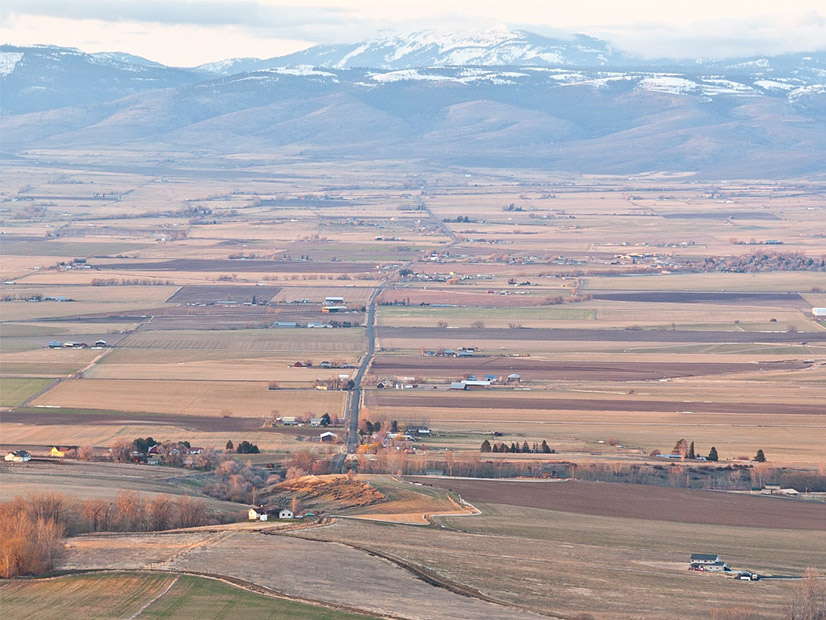
User:MrX, CC BY-3.0, via Wikimedia
Construction has begun on a 15 MW solar farm in central Washington; the $25 million Columbia Solar project was OK'd in 2018 but encountered some delays.
Hawaii's PUC OK'd HECO's plan to create an emergency demand response program to help cover the expected energy shortfall caused by the shutdown of Oahu's AES plant.
Minnesota lawmakers agreed to spend $24 million to fund solar arrays at schools, a bid to reduce energy costs and provide STEM learning opportunities.
Is Ohio's new local regulation of wind and solar "an ill wind that blows nobody any good," or an answer to frustrated locals afraid of mega projects?
Citing the coronavirus pandemic, the IRS extended the time that wind and solar developers have to complete their projects and qualify for tax credits.
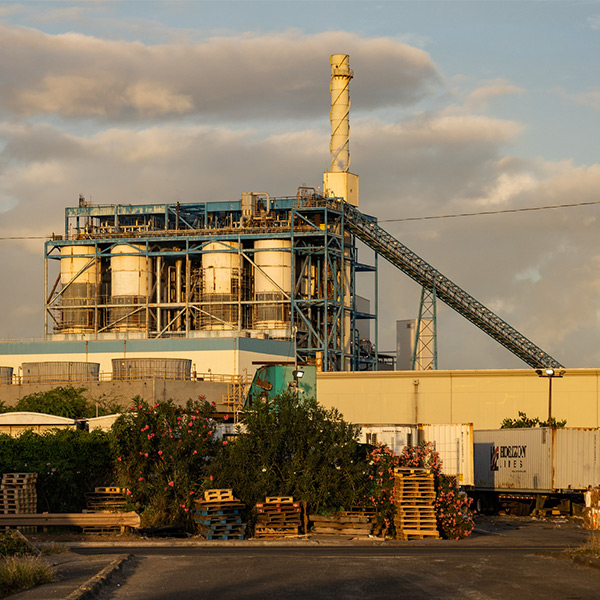
Tony Webster, CC BY 2.0, via Flickr
A Hawaii PUC status conference provided hope that HECO can find a timely way to fill the void left by the closure of Oahu’s largest electricity source.
Want more? Advanced Search
